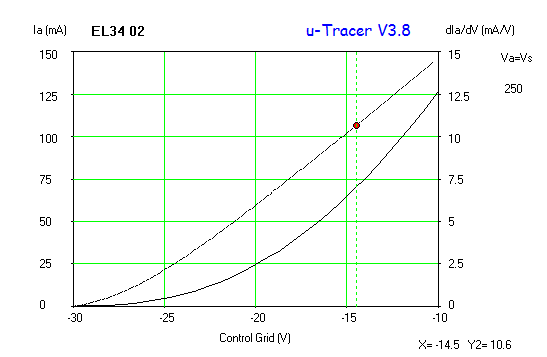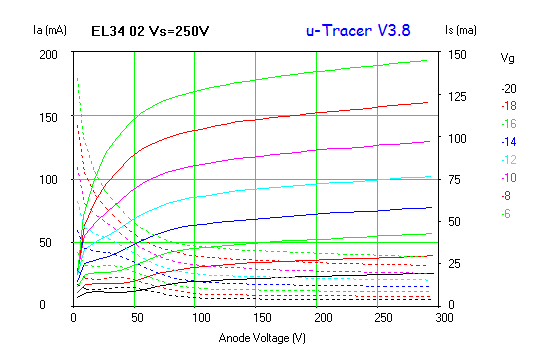Tracing valves: an obsession
Since my early days of valves and DIY audio, I developed an obsession around testing and tracing valves. This led me to design and build my analogue curve tracer which I used for many years successfully until I build my uTracer, which was a great innovation in curve tracing. I do have many valve testers (some which I made myself) so why building another one?
Well, Chris Chang from Essues Technologies developed a fantastic new digital curve tracer for valves, the eTracer. There are a few things which will grab anyone’s attention on this curve tracer. Firstly, the power supplies can accommodate a large range of valves which the uTracer can’t. HT can go as high as 750V @ 300mA and the grid supply down to -170V! This is exactly what you need to test your transmitting valves or even a 300B. Secondly, the tracing speed is surprisingly fast. This is a nice feature, specially when you want to trace pentodes at various screen voltages to develop a Spice model for example.














